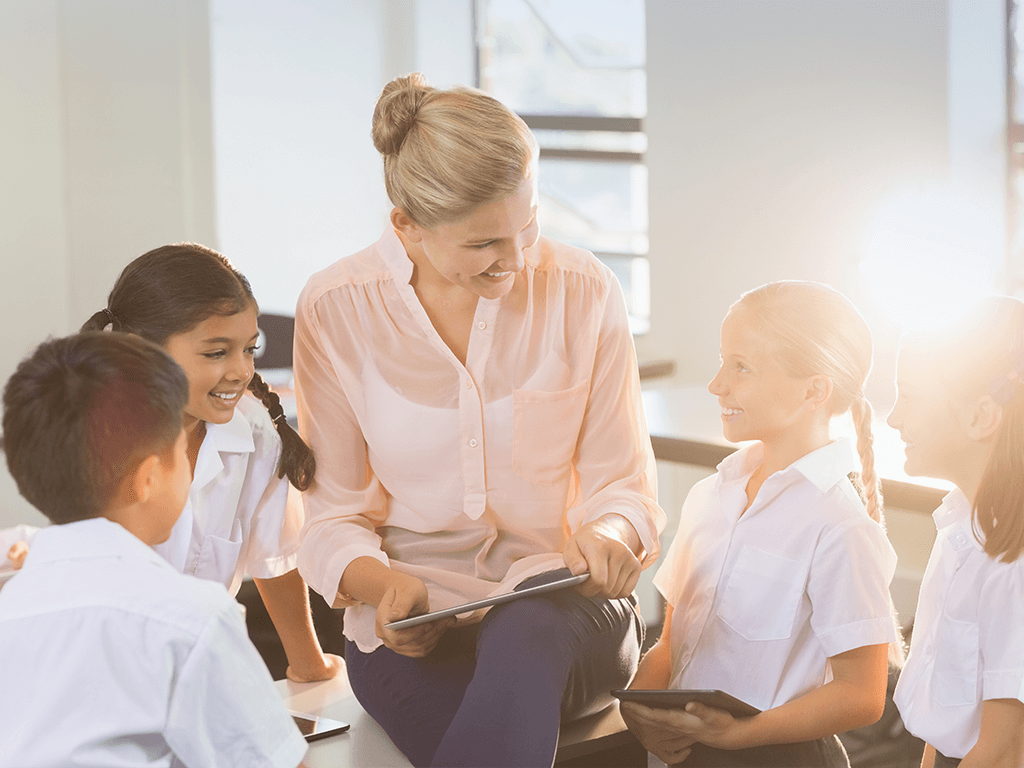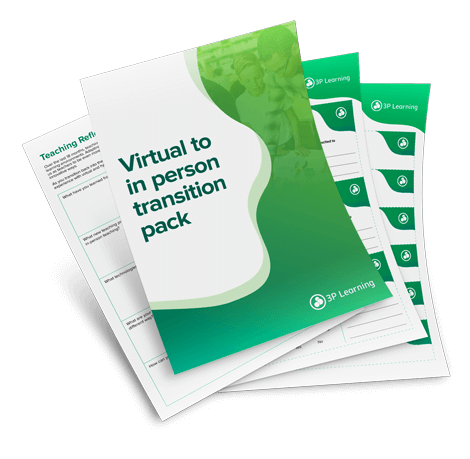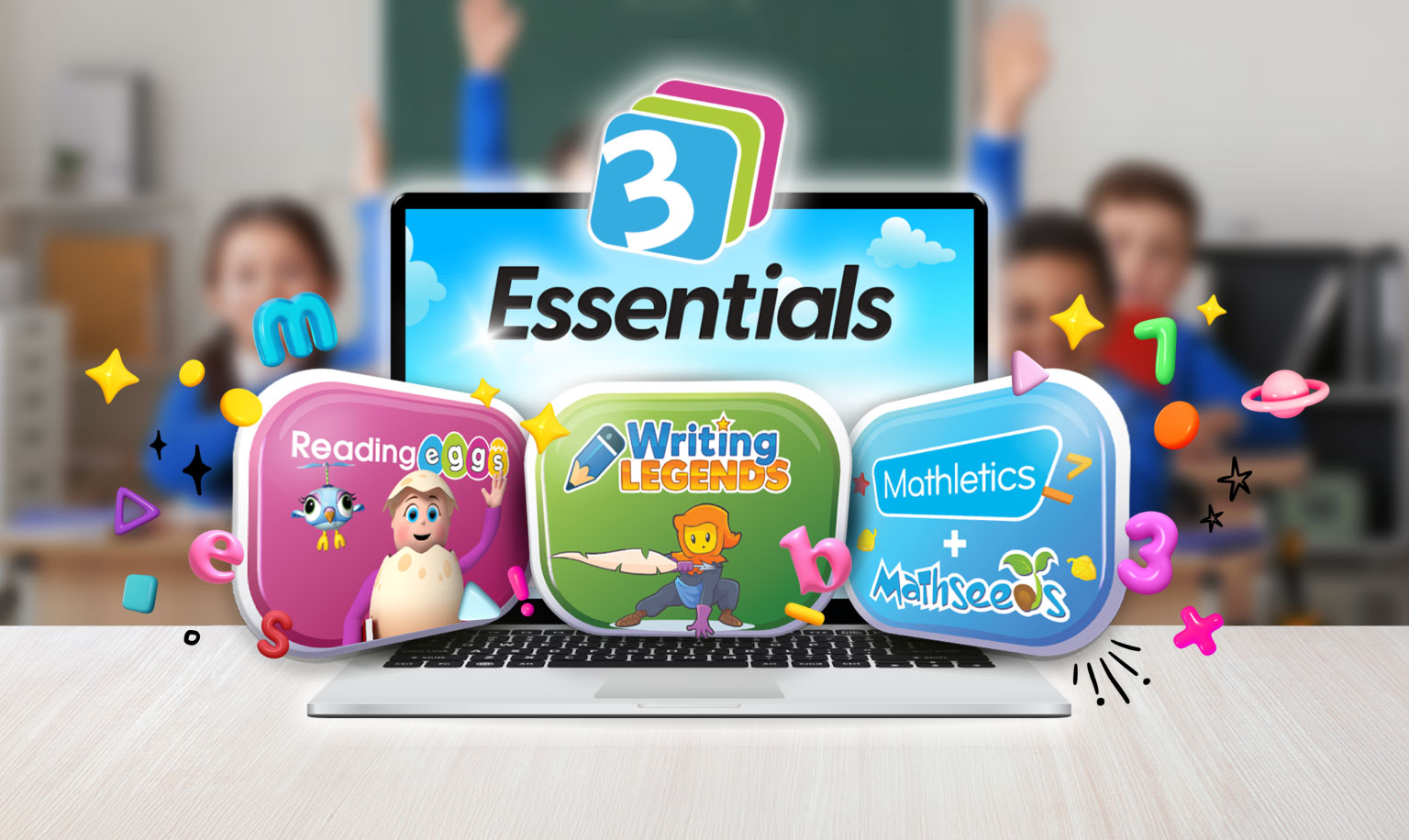
Many teachers and students across the globe have or will be transitioning from a virtual learning environment back into the classroom and returning to a more traditional learning model. For some this will be an exciting and welcome change, while others may have mixed feelings about the challenges that accompany the transition.
As we refamiliarize ourselves with more traditional routines, in-person instruction, and classroom learning, we’ve outlined 5 top tips for a smooth transition back into the classroom.
1. Acknowledge the adjustment
Openly address the transition and work together to create a classroom support system
Bring students together during the first weeks and months of school to open the lines of communication and acknowledge the adjustment. Provide prompts for students to discuss their feelings about returning to the classroom. Be honest about your own feelings transitioning back to teaching in the classroom to establish an honest and safe space for students to voice their experiences.
Provide students with an anonymous approach to ask questions and communicate concerns
Implement a “suggestion box” approach for students to ask questions or voice apprehension about the transition. This could be a simple empty tissue box in the classroom, a written check-in slip, or you can investigate digital feedback methods such as Kahoot to support virtual learning consistencies in the classroom.
Bonus: Teachers – Take this opportunity to reflect and consider changes to your pedagogical strategy. What have you learned from your pandemic pedagogy? What remote teaching practices would you like to bring into your in-person teaching?
2. Provide consistencies between virtual and in-person learning
Make connections between virtual and in-class routines – communicate them clearly and often
Take time to understand how student routines varied during virtual learning. Where was their learning space during Zoom sessions – a table, a desk, a couch, the floor? Did they take frequent breaks? Did their learning space change often or remain steady throughout the year? With varied family and home situations, traditional routines took a backseat during virtual learning. Refamiliarizing students with routines in the classroom is the first step to ensuring students understand what is expected of them, and what to expect from you.
Encourage consistency by using elements of virtual learning in the classroom environment
Students have become comfortable using digital learning tools for instruction, practice, collaboration, and communication and may be more willing to engage in the classroom environment when these tools remain consistent. Continue the use of digital tools such as Google Classroom, Microsoft Teams, Zoom, and online educational resources for learning, organization, collaboration, and engagement.
Offer opportunities for students to choose their learning format or learning space
Block out time each day for students to choose how and where they would like to learn. Identify opportunities to ease participation or transition anxiety by implementing a daily check-in slip to understand how students are feeling about collaborating with peers and communicating with teachers. Provide options for working in groups, partners, or independently, as well as options for learning spaces and integration of digital learning tools.
3. Revise your expectations for student engagement
Provide opportunities for non-verbal feedback
Many students have found comfort in the type of participation and engagement provided by a virtual learning environment, in that the need to physically raise their hands or speak up in class to communicate and participate in the class discussion has been minimal. With the transition back into the classroom, students may need support building their confidence in verbal communication in front of peers and teachers. As students are building this skill back, provide opportunities for signal and non-verbal feedback in the classroom. For example, a thumbs up, side, down cue, or a written check-in or “ticket out” slip can be a quick assessment of student understanding or required support. Leveraging digital tools such as Google Classroom, Kahoot, or clickers can also encourage active participation in class discussions.
Encourage brain breaks and opportunities to move around the room
At home learning may have allowed more frequent breaks, more frequent activity, and more time during transitions from one topic to another. Keep this change in mind as you provide additional buffer time for students to decompress after a lesson or weave physical/kinesthetic activity into plans and transition periods. For younger students, using station rotation and hands-on opportunities, as well as implementing stretch breaks may be a good place to start. For older students, get them moving around the room to participate in the lesson, for example, place index cards in the corners of the room to physically navigate toward to show their interest in a topic, or response to a question.
4. Prioritize relationships with students and families
Encourage peer connections and teacher to student communication
Make it a priority at the beginning of the school year to pull students for one-on-one chats to talk about how they are feeling about the transition back to school. Provide opportunities for students to express this non-verbally with check in slips, daily temperature checks, or digital tools. Encourage students to build peer connections with engaging small group or partner opportunities, such as hands-on and inquiry-based activities that allow students to actively participate in different ways.
Partner with families to provide consistent support in school and at home
Prioritize family outreach before school starts and double down during the first months of school. Ask specific questions about virtual learning routines and feelings about returning to school to identify where extra support may be needed. Continue to use digital tools to keep families updated on classroom happenings, learning progress, and student engagement.
5. Celebrate anything and everything
Create opportunities to celebrate!
Take any and all opportunities to celebrate engagement and bring joy into the classroom. Start small and work your way up to encourage participation, engagement, goals, and routines. For example, post daily or short-term goals in the classroom and allow students to choose their reward or celebration for reaching the goal. Provide additional opportunities for students to celebrate themselves or their peers using celebration slips aimed at calling out positive actions and celebrating each other.
As educators moving through this period of transition yourselves, the importance of this school year for students is already abundantly clear. While it’s important to focus on student needs during this time using a combination of strategies, it’s also important to focus on your own needs. The move from classroom to virtual learning at the beginning of the pandemic was quick and unexpected, and you managed it with grace under pressure. You are not alone in navigating this unprecedented transition back to the classroom. Be sure to utilize all your resources and lean on others for support. Acknowledge where you came from, where you are, and where you want to go. Take time for reflection, readjust, and hit the ground running as you always do.
You are an educator; you are an inspiration; you can do anything.

Download the Virtual to in person transition pack





